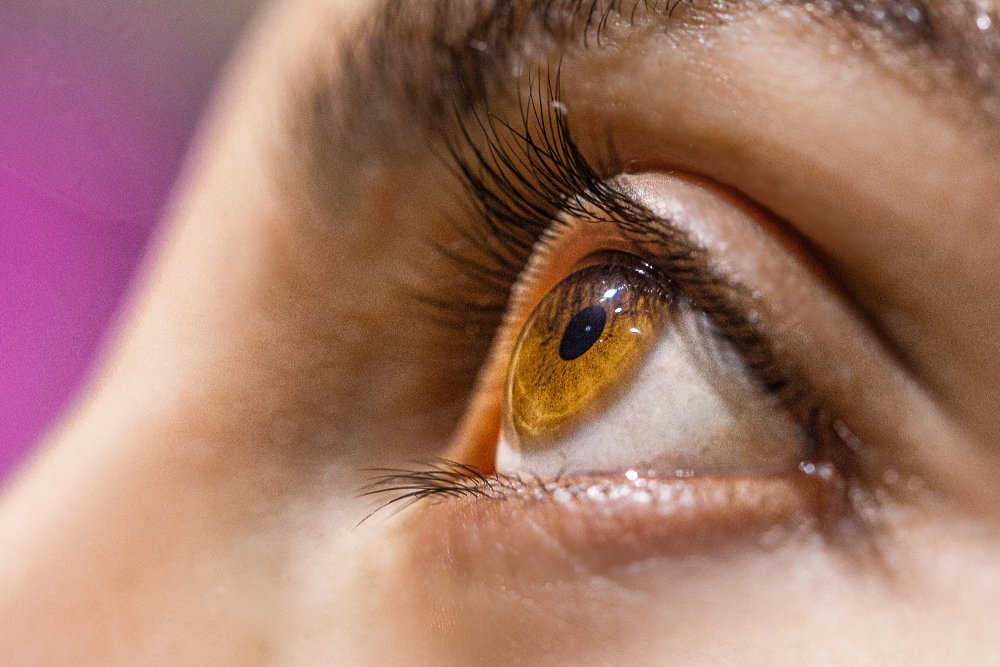The Hidden Danger: Unveiling the Truth Behind Eye Strokes and How to Prevent Them
The Hidden Danger: Unveiling the Truth Behind Eye Strokes and How to Prevent Them, also known as retinal artery occlusions, are a serious medical condition that occurs when an artery supplying blood to the retina becomes blocked. This blockage can lead to a sudden loss of vision or changes in vision. In this comprehensive guide, we will explore the different types of eye strokes, their causes, symptoms, diagnosis, treatment options, and prevention strategies

-
What is an Eye Stroke?
Unveiling the Truth Behind Eye Strokes and How to Prevent Them. An eye stroke, or retinal artery occlusion, occurs when an artery that supplies blood to the retina becomes blocked. The retina is the part of the eye responsible for converting light into images that are sent to the brain. The blockage is often caused by a blood clot or a solid object, such as plaque, that breaks off from another part of the body and travels to the eye. This interruption of blood flow can lead to a sudden and significant loss of vision.
-
Types of Eye Strokes
Eye strokes can be classified into different types based on the location of the blockage. The three main types of retinal artery occlusions are:
- Central Retinal Artery Occlusion (CRAO): This type of eye stroke occurs when the main artery supplying blood to the eye is blocked. It is comparable to the trunk of a tree, and the effects of the stroke can be seen throughout the entire eye.
- Branch Retinal Artery Occlusion (BRAO): A BRAO refers to a blockage in one of the smaller arteries of the eye, resembling a branch connected to the trunk of a tree. The effects of the blockage are confined to a smaller area of the eye.
- Twig Retinal Artery Occlusion: This term describes a blockage in an even smaller blood vessel, resembling a twig connected to a branch. Twig retinal artery occlusions affect only a tiny portion of the eye.
-
Symptoms and Causes
Eye strokes often present with sudden vision loss or changes in vision. Common symptoms of an eye stroke include:
- Floaters and flashes in the affected eye.
- Blurred vision.
- Blind spots or darkness in the field of vision.
- Gradual worsening of vision over time.
The underlying cause of an eye stroke is the interruption of blood flow to the retina. This blockage can occur due to the presence of a blood clot or a solid object, such as plaque, that travels through the bloodstream and becomes lodged in the retinal artery. Another cause of blockage is the thickening of blood, leading to clot formation. Factors that contribute to the risk of eye strokes include high blood pressure, high cholesterol levels, atherosclerosis, coronary artery disease, previous stroke history, age (especially over 60), and male gender.
-
Risk Factors for Eye Strokes
Understanding the risk factors associated with eye strokes can help individuals take preventive measures. Some common risk factors for eye strokes include:
- High blood pressure (hypertension)
- High cholesterol levels (hyperlipidemia)
- Atherosclerosis (build-up of plaque in blood vessels)
- Coronary artery disease
- Previous stroke history
- Age over 60
- Male gender
Managing these risk factors through lifestyle modifications, regular check-ups, and adherence to prescribed medications can significantly reduce the risk of developing an eye stroke.
-
Diagnosis and Tests
Prompt diagnosis of an eye stroke is crucial to prevent further vision loss. When a patient presents with sudden vision changes, healthcare providers may conduct the following tests:
- Medical history review and assessment of symptoms.
- Comprehensive eye examination, including fundoscopy (ophthalmoscopy) to examine the retina.
- Fluorescein angiography to visualize blood flow in the eyes using a special dye.
- Color fundus photography to obtain images of the retina.
- Optical coherence tomography (OCT) to assess the blood vessels in the retina.
In cases where giant cell arteritis (temporal arteritis) is suspected, additional tests such as ultrasound, echocardiogram, and blood tests to check for inflammation markers may be ordered.
-
Management and Treatment
Timely treatment is essential to optimize outcomes for individuals with eye strokes. The treatment options for eye strokes include:
- Medications to reduce pressure in the eye or dissolve blood clots.
- Laser treatment to seal leaking blood vessels.
- Massaging the closed eye.
- Paracentesis, a procedure involving the removal of fluid from the eye to relieve pressure.
- Hyperbaric oxygen therapy, which entails breathing pure oxygen in a specialized chamber.
The choice of treatment depends on the severity of the eye stroke and the underlying cause.
-
Prevention of Eye Strokes
Prevention plays a vital role in reducing the risk of eye strokes. Individuals can take the following steps to minimize their chances of developing an eye stroke:
- Ensuring a balanced nutritional intake and consistent physical activity regimen. Managing blood sugar levels if diagnosed with diabetes.
- Controlling blood pressure, cholesterol levels, and eye pressure.
- Scheduling regular eye care appointments for comprehensive evaluations.
- Quitting smoking, as it is a major risk factor for eye strokes.
By adopting these preventive measures, individuals can significantly reduce their risk of experiencing an eye stroke.
-
Living With an Eye Stroke
The impact of an eye stroke can vary depending on the type and severity of the stroke. Branch or twig retinal artery occlusions typically affect smaller areas of the eye compared to central retinal artery occlusions. Even with treatment, there may be some degree of permanent vision loss. It is important to note that an eye stroke may indicate an increased risk of a brain stroke, as many risk factors are shared between the two conditions. Individuals who have experienced an eye stroke should consult with their healthcare provider to assess their overall stroke risk.
-
When to Seek Medical Help
If you experience sudden vision loss in one eye, it is essential to seek immediate medical attention. Eye strokes typically affect only one eye, and any loss of vision, even if temporary, should not be ignored. Temporary vision loss may be a sign of a “mini-stroke” in the eye, which still requires medical evaluation. Early treatment of eye strokes leads to the best outcomes, similar to brain strokes.
A note from Cleveland Clinic:
Experiencing any form of vision loss, even if temporary, can be distressing. It is crucial to seek immediate medical help if you experience vision loss, particularly in one eye. Timely treatment is critical for the management of eye strokes and can significantly improve outcomes.
-
Conclusion
Eye strokes, or retinal artery occlusions, are a serious medical emergency that can result in sudden vision loss or changes in vision. Prompt diagnosis and treatment are essential for optimizing outcomes and preventing further vision loss. By understanding the risk factors, symptoms, diagnostic procedures, and treatment options associated with eye strokes, individuals can take proactive steps to reduce their risk and seek early medical intervention when necessary. Regular eye care appointments and lifestyle modifications, such as maintaining a healthy diet and managing underlying health conditions, are key to preventing eye strokes and maintaining overall eye health. If you experience any sudden changes in vision, especially in one eye, seek immediate medical attention to ensure the best possible outcomes for your eye health. For Healthy Eyes we recommended some healthy drink for eyes like immunity shots drinks and healthy smoothie

1 thought on “Truth Behind Eye Strokes and How to Prevent Them”